I’m a nerd. Ever since I first discovered the computer way back in ??? When I got my first
Sinclair Spectrum, I’ve loved the stuff computers can do, “magically” conjuring stuff out of
nothing. Then when cameras went digital, my life was (I thought) complete. And Lightroom
simply feeds this awful, wonderful addiction, so I thought I’d share a guilty little exercise I love to
do at the end of each year in my favorite piece of software.
When your digital camera takes a photo, it not only stores the image, but also a whole lot of other
information about the image. Called metadata, this information is stored with the image, and can
be read by most image editors - even Finder and Windows Explorer.
Which brings me to my nerdy pleasure - breaking down my photographic year into a set of
statistics. I talk about this in this blog, and there’s a 15 minute video showing how this all works in Lightroom at the end…
Let’s start with the easy stuff - this can be found just by looking at the folder structure display in
the Library module
Number of photos taken in 2018?
By month?
But the real fun starts when you delve into the Filter menu in Grid view. The default columns give
you access to the following metadata fields, all of which offer fertile ground to mine fascinating
information about your shooting habits:
But now we can get REALLY nerdy, by changing the data displayed in these columns. By
clicking on the little double headed arrows in the column headers, we now see a much bigger list
of metadata, all available for our sad and statistical satisfaction. Ahhh, bliss. Don’t wait up, I’ll
be back in an hour or two while I go and explore....
…………………………
OK, I’m back. You may be - in fact probably are - in my nerd camp if you’ve read this far, but
case there is anyone else still reading, let me offer some ideas why this analysis might be of
some real use.
January sales are upon us, and some of you might be considering a new lens, or camera for
instance. So take a look back through your past year’s shooting and see how many shots you
took at different focal lengths or even camera bodies. Or using each of your current set of
lenses. It can be quite illuminating to see which are your go-to’s and which basically just take up
space on the shelf. Now you may own some lenses which are specialist ones and are only
pressed into service for very specific jobs, but there may be others which seemed like a great
idea when you bought them, but could be sold on without really creating much of a hole in your
life - and make you some extra money to put into something new.
So do I really need to keep that old 18-200 DX lens I used to use on my Nikon D300, or indeed
the D300 body now I have a full frame D810? Does holding on to the 60mm macro lens which
hasn’t been pulled out for ages make sense given the fact that I have the 105 macro sitting right
next to it on my shelf? If it didn’t get used at all in 2018 do I REALLY need to hang on to it?
Here’s an idea - pass your old gear onto a youngster just getting into photography, and mentor
them. There’s so much satisfaction in passing your knowledge and experience on, and you alway
learn so much yourself by seeing others grapple with shooting situations, struggling with the
exposure triangle or trying to figure out composition.
Even if G.A.S. Is not powering your motivations here, the start of a new year is a great time to
take stock of what you have been shooting and embrace new possibilities. I’ve recently bought
a little Fuji rangefinder X100S, and it’s re-ignited my love for street photography. I realised that
the weight and bulk of the D810, even with just a nifty fifty mounted, meant that I would often not
take it with me, so I missed many photo opportunities in my day to day life which I am now
capturing as I can take the tiny, unobtrusive and - very importantly - aesthetically beautiful, Fuji
with my in my day-bag and pull it out any time I want to.
So whatever your nerd tendencies, I hope that 2019 sees your photography journey continue,
exploring some new roads as well as staying on well worn paths. What gaps appeared in your
metadata analysis, and what opportunities await you? Explore the unseen, master the unused
focal length, investigate black and white, street or other areas previously ignored. It’s only by
stretching ourselves that we grow - I hope the coming year sees new shoots added to your
repertoire.
Joe Houghton
Dec 29th 2018
I’m a photography trainer living in Dublin Ireland. I’ve used Lightroom since it was first
released and am an Adobe Certified Expert, nerd and love helping others explore their
photographic potential. If you’d like a session, or for me to give a talk at your local club or chat on a podcast, drop me a line at joe@houghtonphoto.com.
For more information, have a look at this article on “The Exposure Triangle” from Pixpa.com. It offers good information for photographers looking to take their camera out of the Auto mode"

